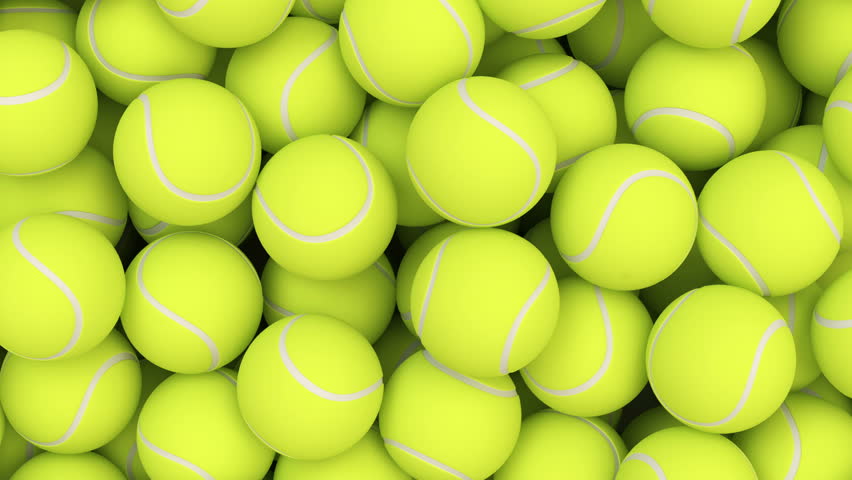Padel balls are an essential part of the sport and can have a huge impact on the game.
While there are many different types of padel balls and all look the same, there are some characteristics of the ball that player feel during their game play.
Characteristics of a padel ball
The inside of the ball is made of rubber. The outside is either synthetic or natural fiber felt. Natural fibers are often containing sheep's wool. Typically, padel balls are filled with either gas or nitrogen.
Speed and bounce are the two characteristics which players note and feel.
For better speed and bounce, fast padel balls have a higher pressure and shorter felt. Fast balls are especially suitable for intermediate and advanced level players.
With lower pressure and a longer felt, the speed of a padel ball is damped, resulting in slower speeds and attenuated bounce.These are suitable for beginners, but can of course also be used by experienced players.
There are specific standards expected to qualify as a padel ball.
Official balls must weight between 56 and 59.4 grams and have a diameter between 6.35 and 6.77 centimeters. In addition, the pressure must be between 4.6 and 5.2 kg per square centimeter (around 11 psi vs the 14psi of a typical tennis ball).
A common test is carried out with the ball dropped from a height of 2.54m: balls should bounce back to a height of 135 to 145 cm to be acceptable.
How long does a padel ball last?
Padel balls are usually sold in a pressurised canister with manufacturers replenishing the air so as not to deflate the balls. When first opening a new can of padel balls, you will hear 'hiss' sound caused by the escape of the compressed air.
Even after the first shot, balls will start to loose internal pressure and loose both hardness and bounciness. the hardest the ball is hit, the quicker it will loose hardness over time, diminishing performance.

Other external factors such as height, moisture, temperature, style of play and court surface all affect the life of the ball, but in all cases the typical ball deteriorates much quicker than people think.
After a single game balls typically loose a quarter of their pressure, which means they bounce less.
A padel ball should be replaced between 2 to 4 hours (one or two matches). Most advanced players prefer new padel balls very often, to guarantee a consistent experience: during World Padel Tour games, new padel balls are changed for every match.
A solution to extend the life of a padel ball
Whether you are environmentally conscious or not, there is a lot of wastage in buying new balls frequently, with little chance to appropriately recycling balls, which is not desirable. One option is to donate your balls to your favourite friend, but even the most eager of the dogs can't have more than 6 in their mouth :)

Fortunately, there is a cheaper and more environmentally friendly solution: a pressuriser.
A pressuriser is a canister in which you store the balls which enables to create an environment similar to the pressurised canister of brand new balls.
There are two versions: a pressuriser which can be used to maintain the balls like the Head Pressuriser Black.
However there is also an option which enables you to revitalise the balls by specifically setting the pressure of the can at a specific level (like the pressuriser Head Pressuriser X3 or Head Pressuriser X4). A pump is provided with the canister so that the appropriate pressure can be applied resulting in a longer lasting ball.
For those who use a lot of balls (coaches, schools or clubs) a maxi saver is the Head X100, which has got a capacity of 103 balls and provide outstanding value in maintaining the lifespan of your padel balls.
While the pressurisers may seem expensive, you will earn your money back after using the pressuriser a few times without having to complain that the balls are getting soft.
What is the best padel ball?
It is very hard to universally determine what is the best padel ball, as this is very subjective.
Different players have a different game type and therefore their ball preference will be affected. Their racket surface and core will also determine the sense of responsiveness of both the ball and the racket and we recommend to play with different brands and build you own sensitivity.
In the next posts we will review some of the balls available at Think Padel with specific information about their characteristics to help you find the best ball for your game, so make sure you follow the updates on this page!
- Babolat (see blog entry)
- Black Crown (see blog entry)
- Dunlop (see blog entry)
- Head Pro and Pro S (see blog entry)
- Nox (see blog entry)
- Wilson (see blog entry)

